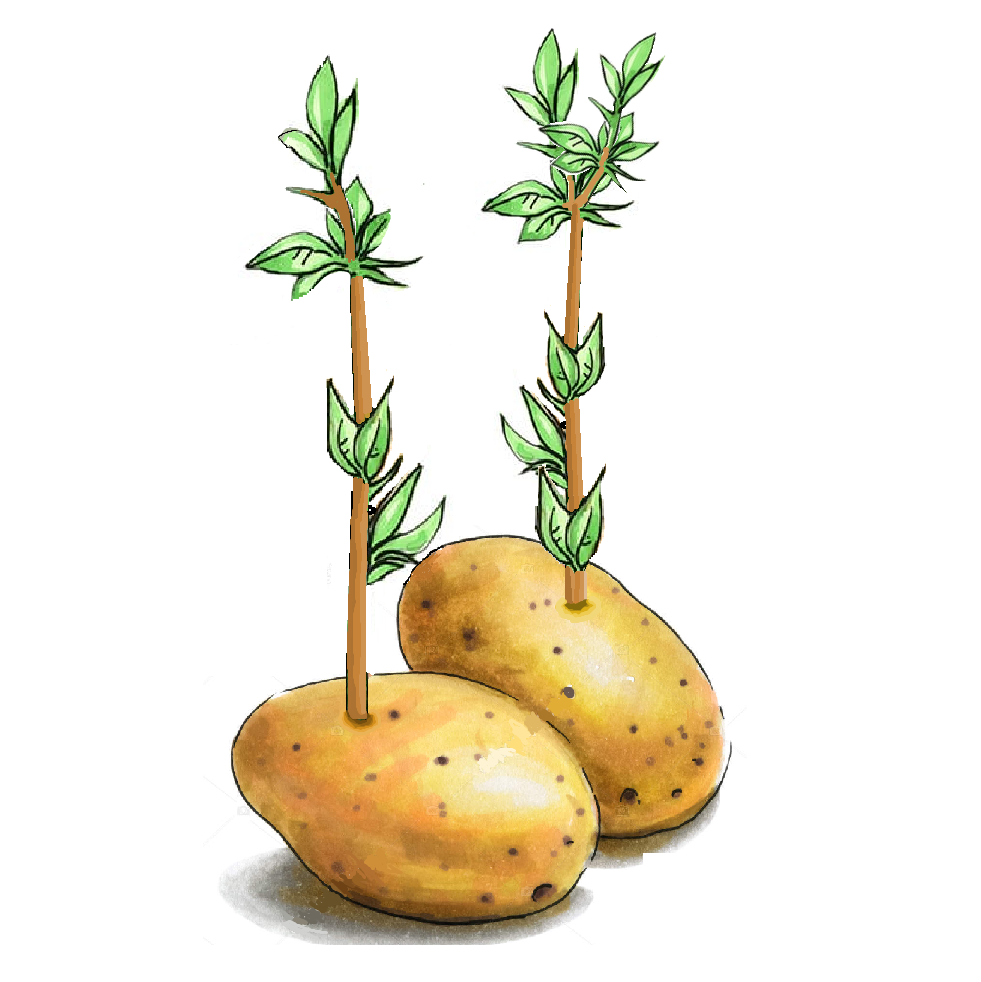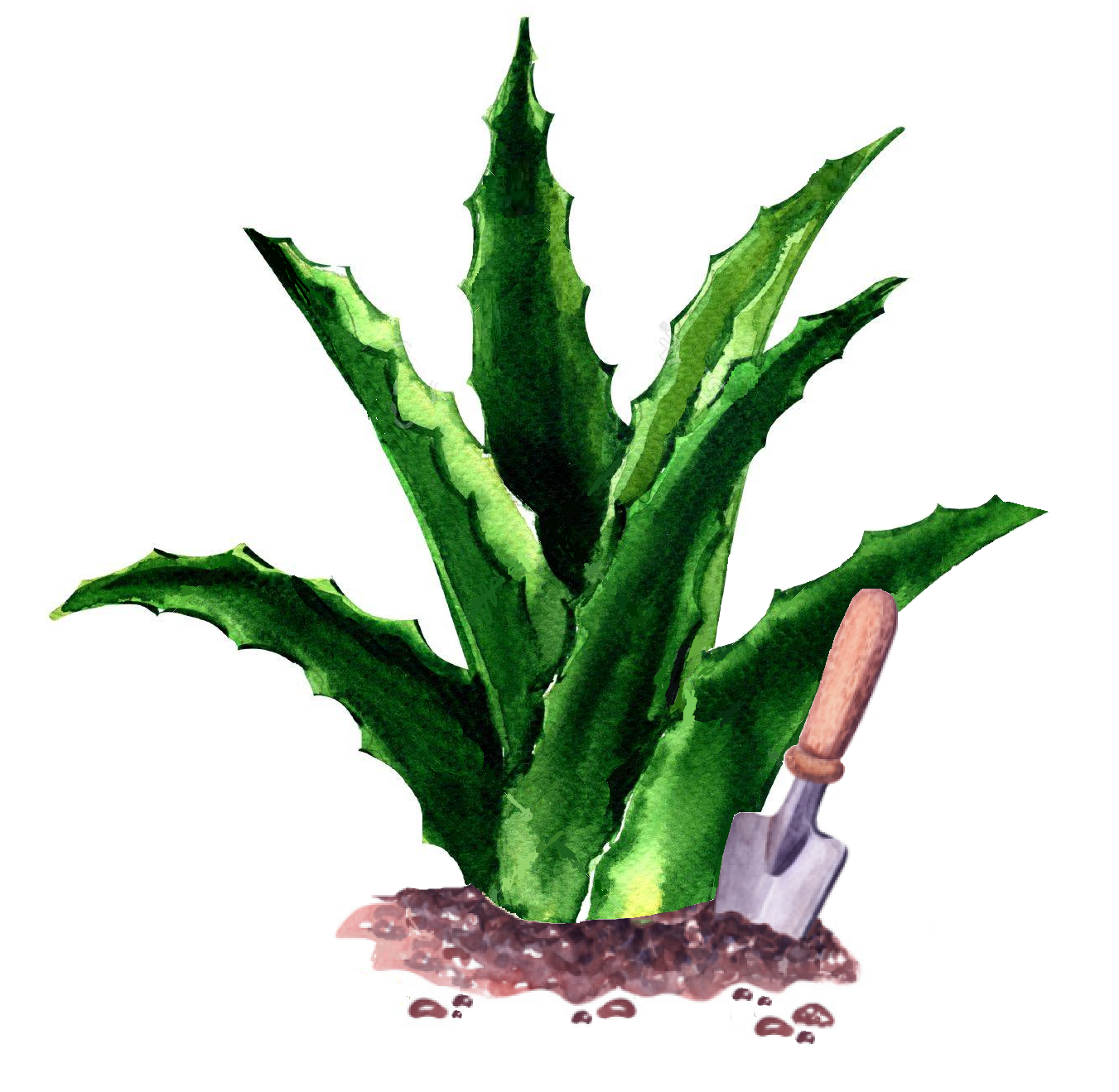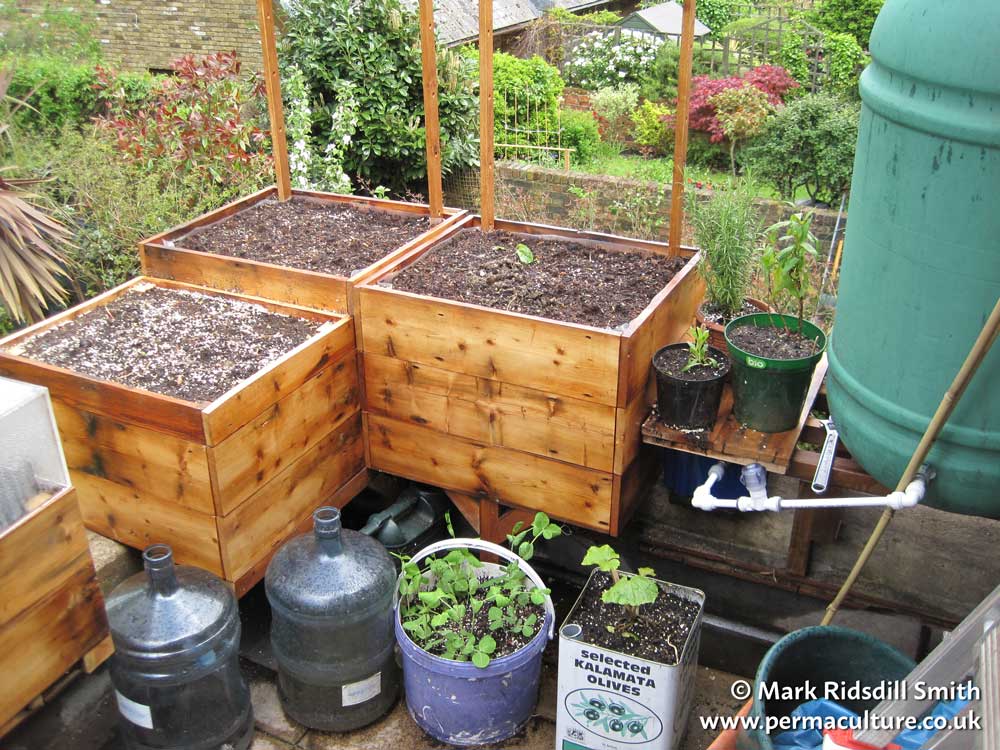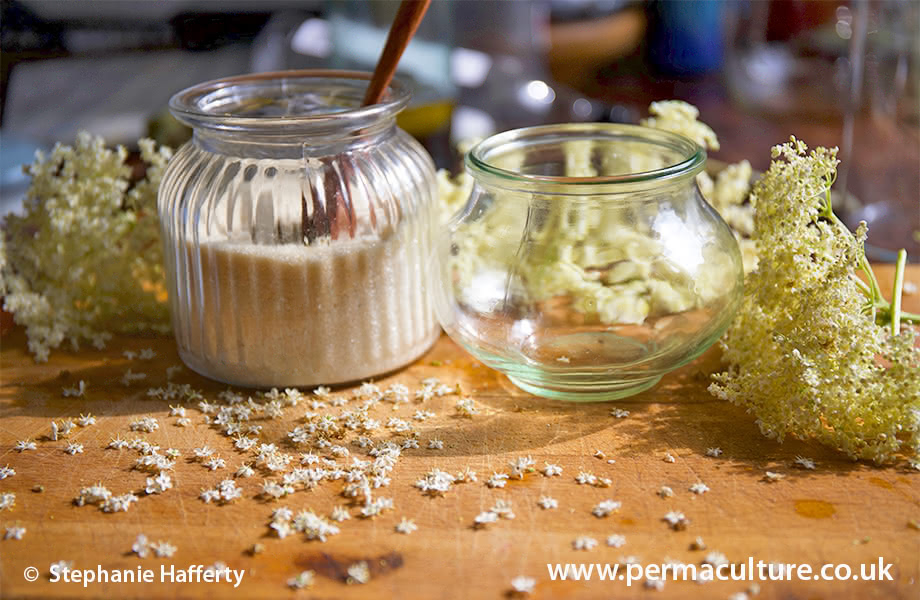One of the most satisfying ways of growing fruit is by propagating your own. Cuttings, air layering, or seeds, from any tree in your backyard, farm or smallholding, can be great for starting new fruit. When starting this way, it is absolutely free and has endless possibilities. Propagating fruit for beginners doesn’t have to be a stressful endeavor.
Propagating by cuttings can be one of the fastest ways of starting a new fruit bush. For example, apple varieties can root in a month and the cuttings could already resemble small trees. However, some fruit tree cuttings need to then be grafted onto a rootstock, something we won’t be covering here. So these methods are best used for fruit bushes.
Editor’s note: Mediterranean fruit, such as figs, pomegranates and mulberries, as well as climbers such as grapes and kiwifruit can all be grown from hardwood cuttings.
There are three types of cuttings: softwood, semi-hardwood, and hardwood. Softwood cuttings are taken from the green soft stems in spring and early summer. Stems are suitable for softwood cuttings when they can be snapped easily when bent and have younger leaves at the tip. Softwood cuttings root the fastest, though care must be taken for them not to dry out. Semi-hardwood cuttings are taken later in the year when the green stems of the current year’s growth have hardened and are starting to mature. This is usually in autumn. Semi-hardwood cuttings take a little longer to root, though are not prone to drying out so easily. Hardwood cuttings are taken from the mature stems when they are dormant, in late autumn, winter, or early spring. Hardwood cuttings are sometimes taken with a piece of the older branch. Hardwood cuttings take much longer to propagate though require less effort.
Cuttings are best collected in the morning and planted as soon as possible to avoid drying out. If they need to be kept for some time then wrap them in moist paper towels or tissue. Collect strong healthy 4-6 inch (10-15cm) long cuttings. It is best to take lots of cuttings to ensure that some will root. Remove the leaves on the lower 1/3 of the stem. When preparing hardwood or semi-hardwood cuttings, make 1-2 inch (2.5-5cm) slits through the outer layer for better moisture absorbance. Make sure that all cutting equipment and pots are thoroughly washed and even better disinfected. Dip the stem in rooting hormone or willow water and stick in a ready made hole in the soil. The hole should be made earlier with a pencil or finger. Firm the soil and cover with a transparent plastic bag with a few holes to serve as a greenhouse. An upside down jar or plastic bottle could also be used. Here the goal is not only to keep high humidity but also adequate ventilation. Lifting or opening the cover once a day will help reduce mold and diseases. Set the pot in indirect light and a temperature of 60-65 degrees – a heat mat with a temperature of 70oF (21oC) will make roots appear faster. Roots should appear in several months. Transplant to a more nutrient rich soil when a good root system has developed. To prevent rot, soil-less potting medium such as perlite and sand is mostly used for rooting cuttings.
Some gardeners practice an interesting technique of activating the process of obtaining their own rooted seedlings. For faster and more confident rooting before immersion in the soil mixture, cuttings are stuck into small potato tubers. Proponents of this procedure argue that with this approach, the cuttings receive additional nutrition, lose less moisture, and form a root system faster, so it becomes easier to propagate a fruit bush.

Choose the cuttings from fruit bush that you want to plant. The first thing to do is remove all of the leaves about 1 inch (3cm) below where the shoot will be in the ground. You have to cut the stem cutting crosswise at a 45 degree angle. Then drill a hole in the potato just big enough to fit the stem cutting without wobbling. Cover the bottom of your pot with about 2 inches (5cm) of soil and place the potato and cutting on top. Now all you have to do is fill the pot with soil and cover with a plastic bag or glass jar. The first shoots will appear after a very short time.
Most offshoots take root easily in willow water, and this method is probably the best way to propagate fruit. Along with willow water there are also other natural rooting hormones. For example, raw honey is said to work wonders on difficult cuttings, as well as apple cider vinegar, crushed aspirin, cinnamon, and aloe vera gel. Though these methods may not work as well as willow water or commercial rooting hormone, they are worth trying and are easy to find in the kitchen. You can also try combining them for maximum effect.
However, the use of a natural root hormone gives very good results! The natural rooting hormone, also known as the root activator, shortens the rooting process and helps the cuttings to establish healthy roots. It also prevents bacteria from multiplying. Strong roots allow young plants to absorb more nutrients from the soil so they can grow, bloom, or produce a good harvest faster.
Willow water works great as a natural rooting hormone for all plant cuttings. You can also use willow water to water already rooted plants to help them develop a strong root system.
Why willow water?*
Indolebutyric acid (IBA) is a plant hormone that stimulates root growth. It is present in high concentrations in the growing tips of willow branches. By using the actively growing parts of a willow branch, cutting them, and soaking them in water, we can get significant quantities of IBA to leach out into the water.
Salicylic acid (SA), a chemical similar to the headache medicine aspirin, is a plant hormone which is involved in signalling a plant’s defences, it is involved in the process of ‘systemic acquired resistance’ (SAR) – where an attack on one part of the plant induces a resistance response to pathogens (triggers the plant’s internal defences) in other parts of the plant. It can also trigger a defence response in nearby plants by converting the salicylic acid into a volatile chemical form.
When we make willow water, both salicylic acid and IBA leach into the water, and both have a beneficial effect when used for the propagation of cuttings.
Willow water is a natural rooting hormone made from the stems of the willow tree. It can be used for cuttings, and air layering. It works well because willow trees possess a certain hormone that promotes root development. That is why willow cuttings root so fast.
Willow water can be made any time of the year though spring is undoubtedly best. To make willow water, collect several cups of fresh willow twigs. They should be no bigger than a pencil and about ½ inch thick. Cut the freshest, newest, and greenest branches. Remove the leaves and cut the branches into about 1 inch / 3cm pieces (the smaller the better). Place them in a bucket, large bottle, or other container. Cover with water and leave them for several days to four weeks. Another method is to steep them in boiling water for 24-48 hours. This is much faster, though it does not provide the huge amount of rooted willow cuttings that can be used later. When the mixture is ready it should have a gel like consistency or look like weak tea. Use a colander or sieve to pour the mixture into another container removing the willow pieces. Store the willow water in an airtight jar. It can be kept in the refrigerator for up to two months, though it works better when it is fresh.
Cinnamon is less of a rooting hormone, however, it has a positive influence on plant development because it prevents the formation of fungi. This increases the chance that the cuttings will become a healthy fruit bush. Put some cinnamon on a plate or in a glass and just dab the cut end of the stem into the powder.
You can also use apple cider vinegar to prevent fungal growth. Just be careful that too much vinegar can kill the cutting. Prepare an apple cider vinegar-water solution by diluting a teaspoon of vinegar in 6 cups of water. Briefly dip the cutting in the solution and plant it.
Some gardeners claim that honey contains enzymes that can stimulate plant root growth. It is rich in vitamins B, PP, C, K, E, ascorbic acid, 35 minerals and other elements. However, its antibacterial and antifungal properties prove to be very useful. In this way, honey can give the cutting a healthy start to growth so that it can grow its own roots. Put some honey directly over the interface or make a solution with water again. Dissolve a teaspoon of honey in 1.5 liters of water. Dip the stem of the cutting in the solution and let it stand for 12 hours.
Aloe juice not only promotes the formation of the root system in the cuttings, but also generally has a strengthening effect on the immunity of the future seedling. In addition, aloe juice has antiseptic properties, which means that it destroys pathogenic microorganisms.

Put 1 tablespoon of fresh aloe gel in a glass of water. Keep the cuttings in the aloe water solution until the tips of the roots appear. This usually takes about a week.
Buy uncoated aspirin tablets. Avoid using the plastic-coated versions, the plant does not need these chemicals! Put the tablet in a glass with water and wait for it to dissolve. Put the cuttings in the water and leave it there for a couple of hours for the plant to soak up the aspirin solution.
Air layering is a method of propagation when a branch is made to produce roots while still being attached to the tree. It is similar to ground layering though does not require contact with the ground. Air layering is a great technique because it is quite simple, almost any type of tree can be used, and it produces big enough fruit tree in quite a little amount of time. There are two methods of air layering. The most commonly used method is to cut a ring of bark away from a suitable branch at the point where you want roots to form. The wound is then covered with sphagnum moss and wrapped with plastic to preserve moisture. After some time, the branch produces roots to collect water and nutrients in order to survive. Another method is to tightly wrap a piece of wire instead of cutting the bark. When the tree grows, the branch thickens and the flow of nutrients is stopped because of the wire. The branch is forced to produce roots to collect nutrients. The wire method, also known as the tourniquet method, takes more time though is easier to perform. Air layering should be done from spring to summer when the trees are growing at their most. The best time for air layering is April to May for fruit trees.
Instructions:
When you have found a suitable branch, scrape away a ring of bark just below where you want roots to grow. It should be two-times longer than the branches diameter. Cut right into the wood removing the green and soft cambium layer.
Tightly wrap wet sphagnum moss around the whole area. Soaking the moss in willow water will help the roots develop faster and healthier. Secure the moss with clear polyethylene or a plastic bag. Tie or tape the bag securely leaving a small hole at the top for watering.
Water it regularly to keep the moss moist. Roots will appear in three weeks to three months depending on species. When the roots are visible through the plastic and are becoming brown and mature, the branch is ready for cutting. Cut off the newly developed tree removing as much of the branch below the roots as possible. Remove the plastic while leaving the moss intact to prevent root damage. Plant it in a pot with bonsai compost or sphagnum moss. Keep the newly made tree in the shade and mist and water regularly to avoid drying out. Because the root system is not sufficiently developed to sustain the top of the new plant, it is best to make a small greenhouse by covering the pot with a transparent plastic bag with a few holes. When the root system has fully developed, gradually poke more holes in the bag to reduce the humidity until it is the same as outside.
The wire method is similar, the difference being that a wire is tightly wound around the branch instead of cutting the bark.
Growing fruit from seed is often considered very timely and even impossible. But actually, though it may take some time before a seedling grows into a full-grown fruit bush or tree, it does not take much before it will be a little tree. The first part in propagating trees by seeds is collecting. Most seeds are collected in autumn. Most tree seeds require a period of cold moist environment before germinating, this process is known as stratification. In nature this period is in winter when the seed lies in the soil waiting for spring. That’s why it is easiest to sow the seeds in fall outside in pots or on the ground in a shady spot. Protect from hungry animals by a wire mesh or lid. The natural process can also be mimicked by chilling the seeds inside. This is done by soaking the seeds for 48 hours in filtered water and afterwards placed in some moist paper towels or sphagnum moss. They should keep in a container or bag in the refrigerator making sure that the medium is always moist but never wet. Check them in several months to see if they have started to germinate. Do consider that many fruits will not come true growing from seed because many fruits, such as apples, pears and plums, have been grafted onto a rootstock, their seeds will not create the same fruit to which they came from.
Good luck getting started!
*Source: https://deepgreenpermaculture.com/diy-instructions/home-made-plant-rooting-hormone-willow-water











